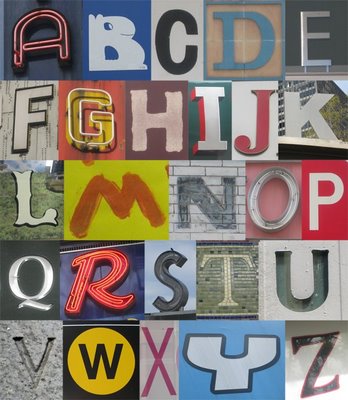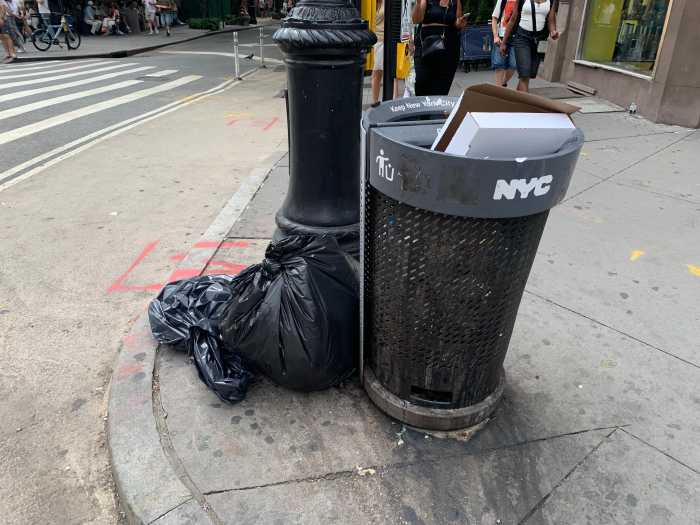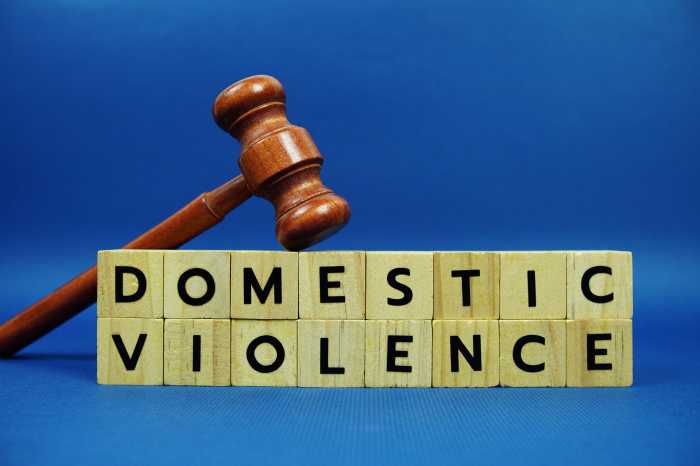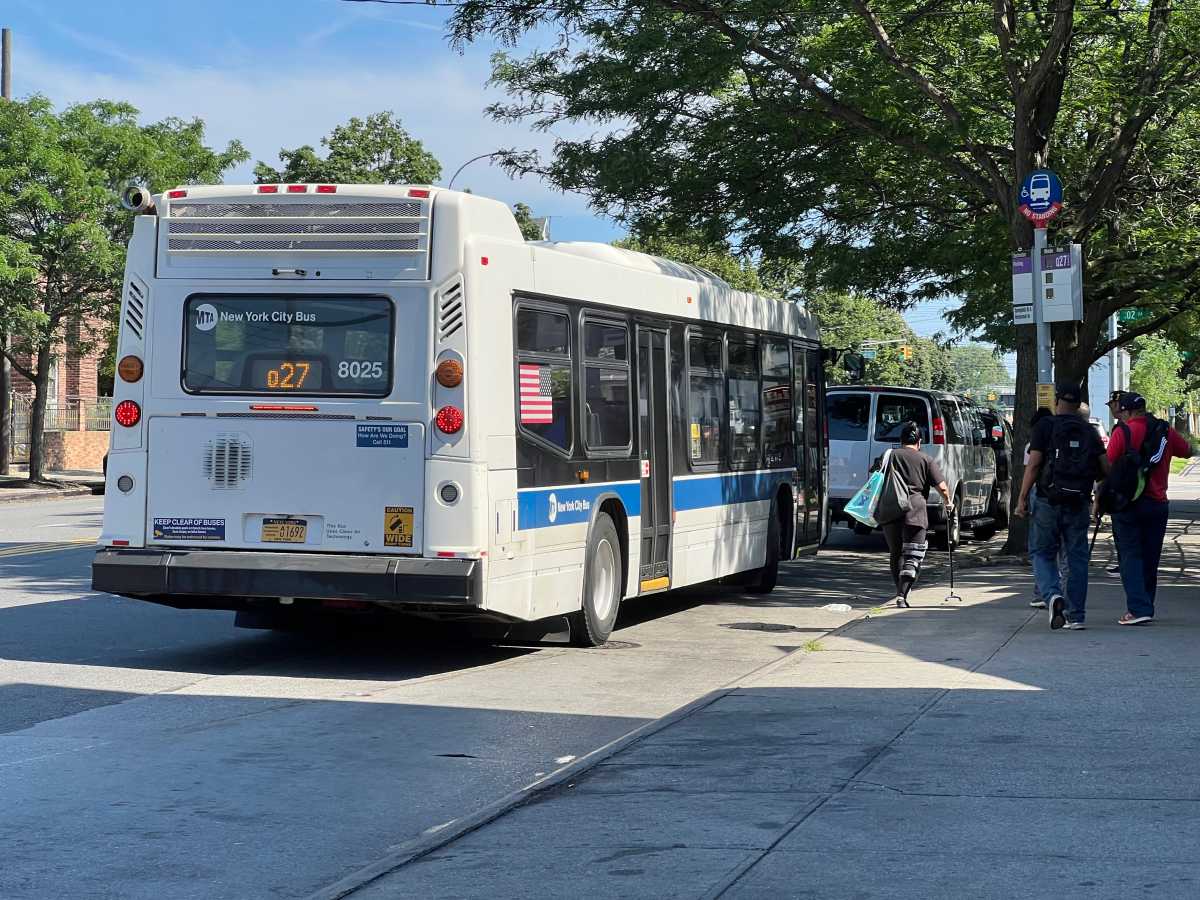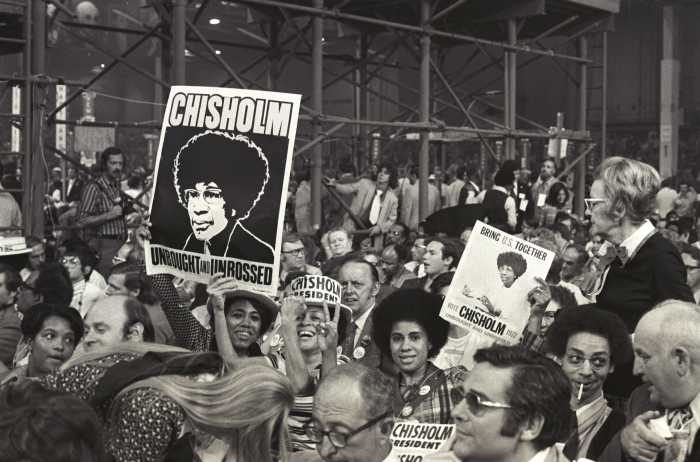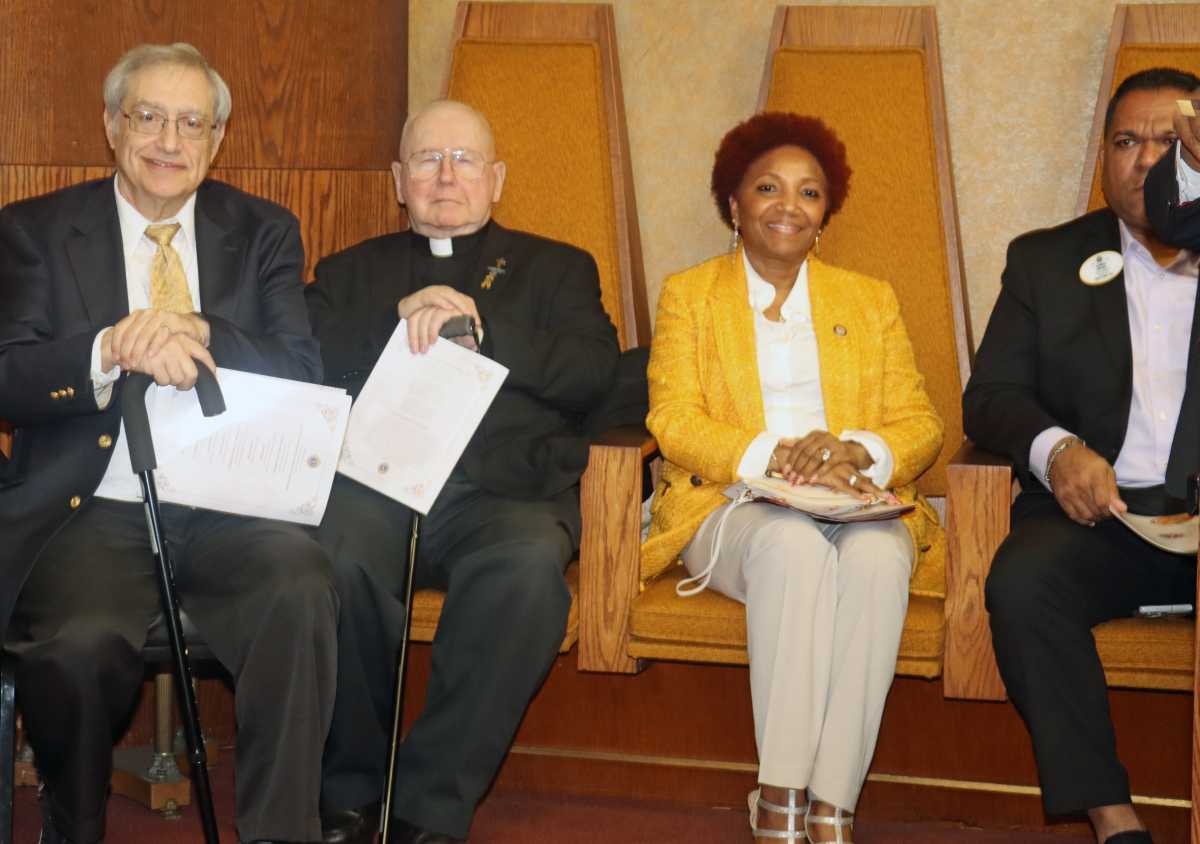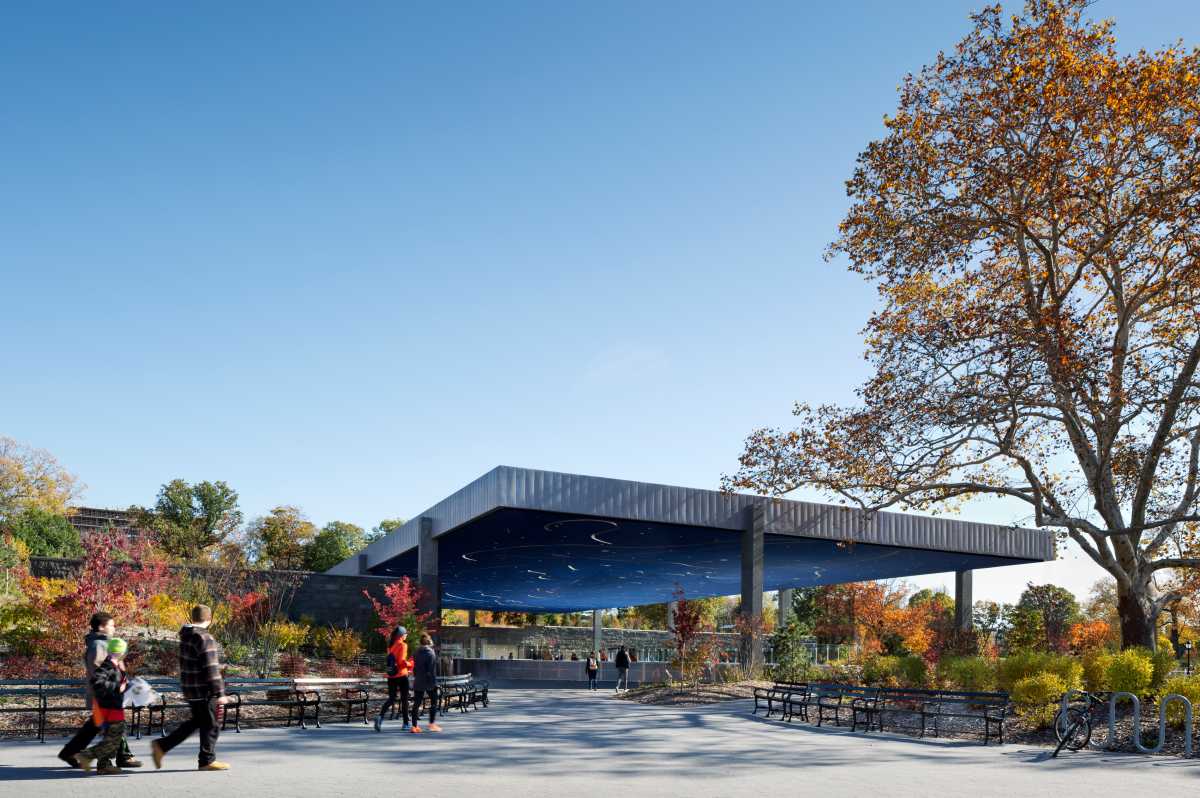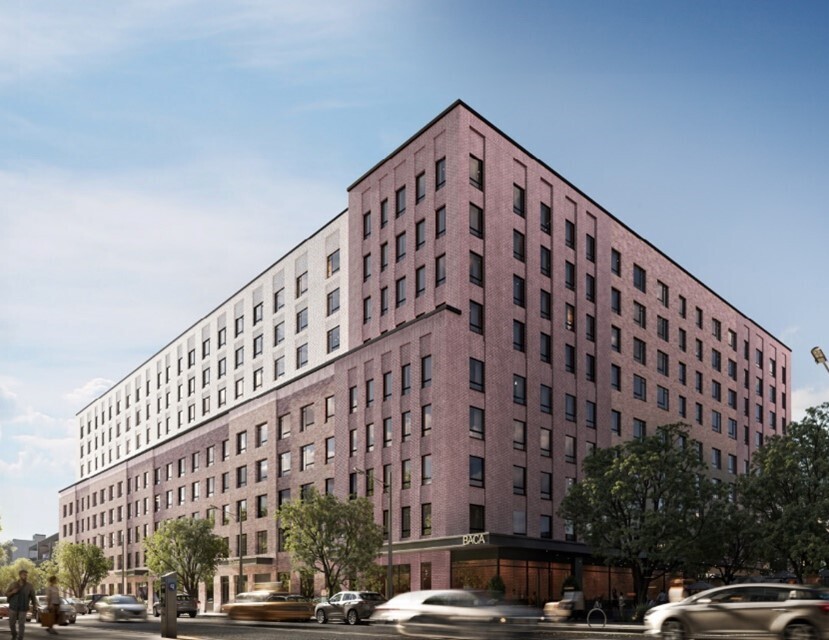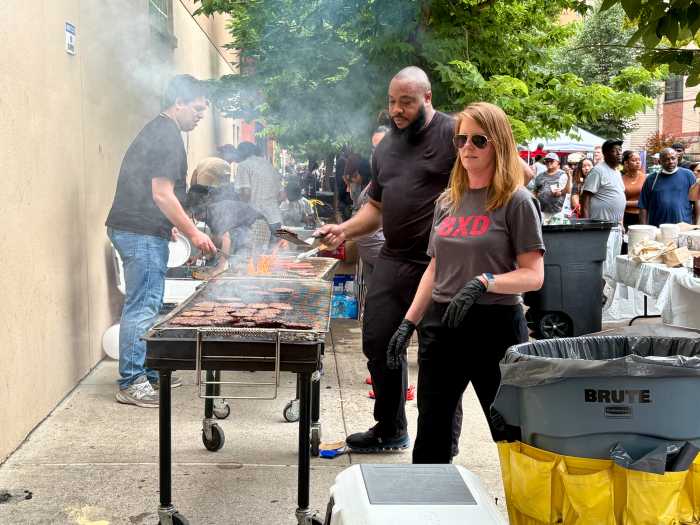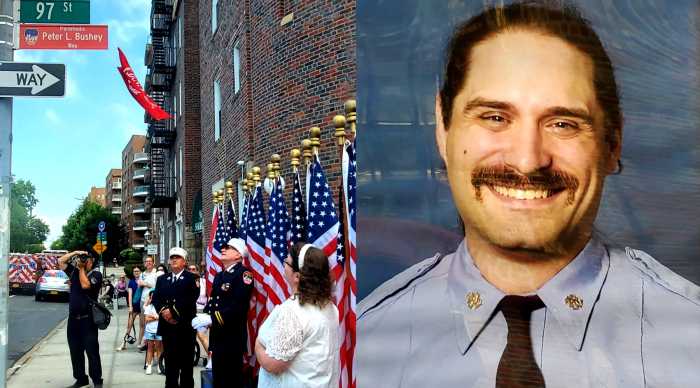The facts about park’s funds
To The Editor:
Re “‘What would Jane say?’ Raft of anxious questions about ‘billionaires’ island’” (news article, Dec. 11):
Some people misunderstand the Hudson River Park’s funding structure and have opposed the substantial gift that will create a new, creative Pier55 out of the destroyed, unusable Pier 54.
When Assemblymember Richard Gottfried and I succeeded in getting the state and city to create the Hudson River Park and to provide $400 million for its construction, it was with the compromise that its operation be self-supporting from lease revenues and that it be established as a 501(c)(3) to raise private funds. It was to function as a public-private partnership that works with both sectors to build out and care for the park.
Three years ago, Friends of Hudson River Park switched focus to raise private monies to support the park. Without such public support, we could not finish building out the park nor properly maintain it.
In the case of Pier55, the Trust leveraged public funding through private philanthropy — just like other public-private partnerships across the city for parks, cultural institutions and other public amenities. Doing so will free public monies to be spread more broadly throughout the park. Without the substantial gift of Barry Diller, the Trust does not have the means to rebuild Pier 54 and certainly not with the innovative architectural design and cultural use that will now be possible.
One can philosophically argue that all of this should be supported by public funds. But it is fantasy to expect the state will provide the $120 million-plus to create Pier55 and millions more to finish and maintain the park. If we had stood fast that only public monies must support the park, we would still have rotting piers and an inaccessible waterfront.
Seventy percent of Hudson River Park is now completed. The park’s funding structure should permit finishing and maintaining what is one of the best waterfront parks in the world.
Franz Leichter
Leichter is a former state senator, co-author of the Hudson River Park Act of 1998, and a current board of directors member of the Hudson River Park Trust
Could be jewel of park
To The Editor:
Re “ ‘What would Jane say?’ Raft of anxious questions about ‘billionaires’ island’ ” (news article, Dec. 11):
I’m thrilled at the recognition that Mr. Diller and Ms. Von Furstenberg’s gift lends to Hudson River Park.
This is one of the most generous park gifts in history, and it is not going to the High Line or to Central Park but to a park we enjoy every day. Hudson River Park has transformed our quality of life despite being orphaned by city and state, both of which ceased providing capital funds long before the park was completed, and which have never been required to provide operating funds for the park’s maintenance.
Pier55 promises to be a hub of innovative nonprofit arts programming available to a broad public, while spending most of its time simply as a beautifully designed park. What’s more, the project saves a pier that had to close because it was falling into the river with no funds to restore it. Diller and von Furstenberg’s vision is grander than the Hudson River Park Trust could ever have afforded to conceive, and still it adheres to the mission of the Hudson River Park Act.
The community needs to remain vigilant and ensure that this project is executed as promised. No one wants an elite tourist attraction that excludes the park’s neighbors. The plan we’ve been shown — with open access to public space and a large portion of free and low-cost programming — offers the hope of a jewel for all to enjoy.
Susanna Aaron
Aaron is a board of directors member, Friends of Hudson River Park
Pier55 will be great!
To The Editor:
Re “ ‘What would Jane say?’ Raft of anxious questions about ‘billionaires’ island’ ” (news article, Dec. 11):
As a 15-year resident of this neighborhood, I am writing to express my deep and enthusiastic support for Pier55.
What makes me so excited about Pier55 is that it is a beautiful vision with a top-notch team who care and can bring this vision to reality. This is a project that will strengthen the New York City arts community at a time when such support is ever-more vital.
As the parent of two school-age girls who have gone to P.S. 3, I couldn’t be more delighted and thrilled that such a magical place will be part of our neighborhood tapestry in a short three years’ time and add to the joy and sense of community for my children.
As an entrepreneur, I know how difficult it can be to create a vision and then communicate the benefits and excitement that executing that vision will bring. And I know that finances are always the concern regarding any project.
What is comforting and prudent about the current plan is the donors’ 20-year commitment to fully fund the maintenance of Pier55. Such a commitment is unusual and, even more important, will allow the Friends of the Hudson River Park to focus on spending on other needed initiatives along the rest of the park.
Dr. Yin Ho
Ho is C.E.O., Context Matters Inc.
Specter of Spectra
To The Editor:
Re “Ready for the Whitney” (news article, Dec. 11):
The Whitney adds yet more cachet to a neighborhood where the High Line and Hudson River Park have replaced the rotting old piers, and now we can expect to see more tourists and New Yorkers. Meanwhile the 26-inch high-pressure Spectra pipeline runs gas from the depths of the Hudson River and crosses the highway very close to the museum. Remember, this is a flood zone, as we learned during Superstorm Sandy.
JK Canepa
How tall is this thing?
To The Editor:
Re “‘What would Jane say?’ Raft of anxious questions about ‘billionaires’ island’” (news article, Dec. 11):
“…[A]nd undulate to a highpoint, a 71.5-foot-tall promontory…?” The image shown in The Villager article doesn’t appear to be the height of a seven-story building. That’s taller than most Village apartment buildings on the crosstown streets by at least 20 feet. How does that affect the view corridor? What am I missing?
Pamela Wolff
Editor’s note: The pier’s highest point would be its southwest corner, which, in the image, looks like a cluster of tall trees rising in the background. If you look at that highpoint’s scale in relation to the small figures depicted walking on the bridges leading toward the pier, it does appear that it would be quite a tall structure.
It’s all about Verrazano
To The Editor:
Re “The truth about trucks: We don’t need any study” (talking point, Carl Rosenstein, Nov. 27):
Councilmember Margaret Chin, please take note:
There is a multilane interstate highway system meant for the rapid movement of cars and trucks that brings trucks through neighboring boroughs into and out of New Jersey without going through Lower Manhattan. Truckers would willingly use this route today except for a wonderful “savings deal.” That deal is this: If a truck comes in over the Verrazano Bridge, headed to points north of the city, and comes back through the Holland Tunnel, there is no toll in either direction and the trucker saves $80!
This loophole came into existence because it was argued that tolls in both directions cause vehicles to idle twice as much as when there is a toll booth in only one direction — and so, the Verrazano got one-way tolls, thereby creating the harebrained loophole that dangles an $80 truck magnet over Lower Manhattan’s Holland Tunnel entrance: Either go back the way you came, over the Verrazano — and pay $80 to cross — or go through the Holland Tunnel, and pay nothing!
The idling argument made sense when E-ZPasses didn’t exist. However, it seems that even the E-ZPass is not necessary for collecting tolls from users. There are no longer toll stops on the Henry Hudson Bridge between Upper Manhattan and Spuyten Duyvil. No, it’s not free just because you don’t stop to pay: If you don’t have an E-ZPass, a camera reads your license plate and you are mailed a bill for the toll. Such a system could re-establish tolls in both directions on both the Verrazano Bridge and the Holland Tunnel and trucks would no longer save $80 by “cheating“ New York and New Jersey out of rightful income.
Oh, and yes, Lower Manhattan residents would no longer be subjected to the outrage prompted by asphyxiating, noisy, clogged-up and slow, unnecessary traffic. And, wouldn’t the absence of trucks on Broome St. make shopping in Soho an even more attractive prospect? Let’s increase even more the income New York City derives from our foreign and domestic visitors by not driving them (pun intended) away!
Ms. Chin, please think more expansively.
Otto Barz
Barz, a Broome St. resident, is co-founder of Trees Not Trucks
Stores will love ‘bag tax’
To The Editor:
Re “Mendez is not sold on Chin’s 10-cent ‘tax’ on single-use bags” (news article, Nov. 27):
When I shop at Fairway, the packer routinely puts dairy and meat in separate bags. When I spend $10 at Morton Williams, they spread my groceries among three packages, double-bagged.
We don’t subsidize other products that continue to harm the environment. Yet by allowing stores to charge a 10-cent-per-bag fee, we give supermarkets an incentive to use more plastic bags!
Bring back paper and ban these bags entirely.
Encourage bag suppliers to come up with biodegradable bags for dog walkers. Most dog owners buy plastic bags to pick up after their pets. Why isn’t a biodegradable solution available?
Stacy Walsh Rosenstock
E-mail letters, not longer than 250 words in length, to news@thevillager.com or fax to 212-229-2790 or mail to The Villager, Letters to the Editor, 1 Metrotech North, 10th floor, Brooklyn, NY, NY 11201. Please include phone number for confirmation purposes. The Villager reserves the right to edit letters for space, grammar, clarity and libel. The Villager does not publish anonymous letters.



